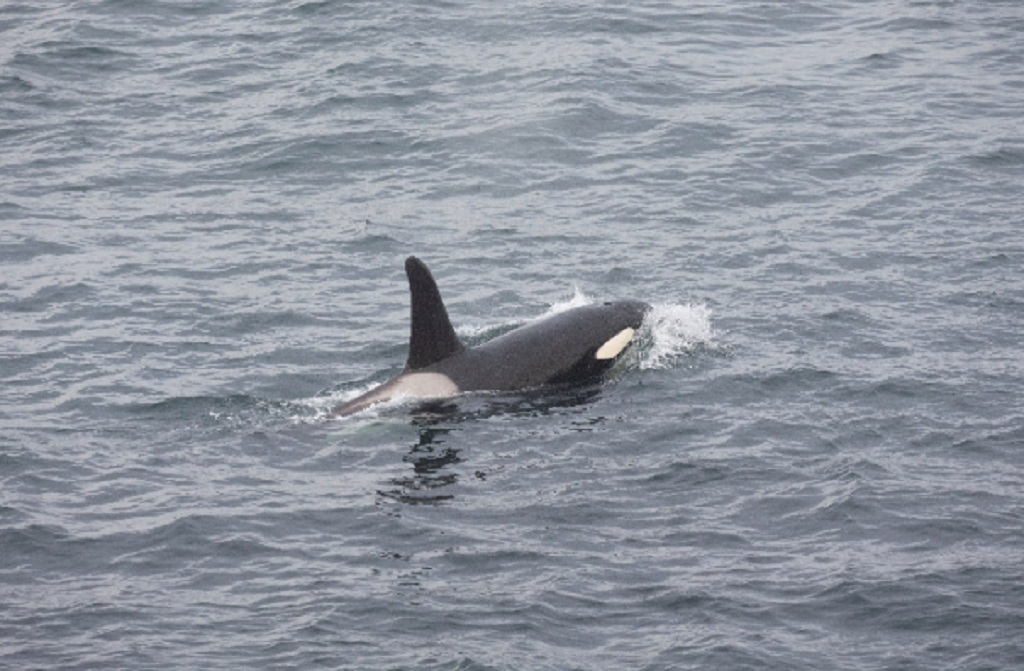
A variety of sealife recorded in Scotland’s waters
The waters of Scotland are a stronghold for sealife, according to the 2018 National Whale and Dolphin Watch event.
Thousands of volunteers from all around the British Isles took part in the event, conducted between 28 July and 5 August, and their work has revealed the striking biodiversity of Britain’s whales, dolphins and porpoises.
Organised by the Sea Watch Foundation, Britain’s oldest marine mammal research and education charity, preliminary analysis have provided some striking results.
The aim of the survey was to obtain a snapshot picture of the status and distribution of some of the species of cetaceans (whales, dolphins and porpoises) recorded in UK waters.
Systematic watches from both land and sea were undertaken at locations all around the coasts and inshore waters from Shetland in the north to the Isles of Scilly and Channel Islands in the south. Over just this nine-day period, more than 500 sightings of 13 different species have been reported, and more records are still coming in.
In Scotland, the Northern Isles of Shetland and Orkney remain the stronghold for killer whales in the UK, and during the National Whale and Dolphin Watch, pods of up to five animals were seen around Orkney, and daily at multiple locations in Shetland.
During this year’s event, one sighting recorded over 80 Atlantic white-sided dolphin individuals fast swimming off Lerwick. The bottlenose dolphin is the most commonly sighted species in the Moray Firth, but particularly in the outer Firth southwards as far as Angus and Fife. Minke whales and harbour porpoise were also regularly seen.

An orca whale (Photo: Hugh Harrop/ Shetland Wildlife)
A humpback whale was sighted off Torry Battery in Aberdeen, feeding in the area and performing a barrel roll in the water
with its pectoral fin.
Over on the west coast, harbour porpoises were seen at widespread locations. This is currently one of the strongholds of the species in Britain.
The second most commonly seen species was the minke whale, also widespread but recorded particularly around the Inner and Outer Hebrides.
Common dolphins have been observed around the Isles of Skye, Lewis and off Lochinver and Peterburn. And, most excitingly, a fin whale and a pod of five long-finned pilot whales were spotted in deep waters near the isolated Outer Hebridean island of North Rona.
Dr Chiara Giulia Bertulli, sightings officer for Sea Watch Foundation, said: ‘What an incredible variety of cetacean species sighted this year during National Whale and Dolphin Watch, despite the unsettled weather at the beginning of the week.
‘It is thanks to volunteer observers who provide us with sightings data from all around the British Isles that we are able to continuously monitor and protect local whale, dolphin and porpoise species.
‘It is also thanks to this long-lasting collaboration that we have built up the largest and longest running sightings scheme in the world’.
All the verified sightings so far can be viewed on line HERE where they are updated as more reports come in.
TAGS

